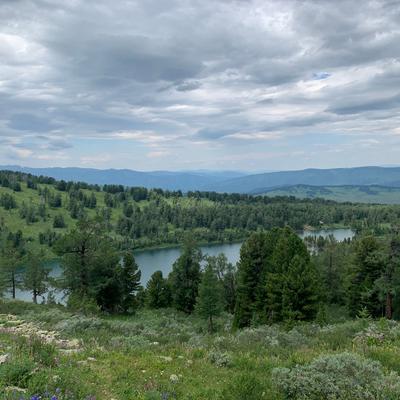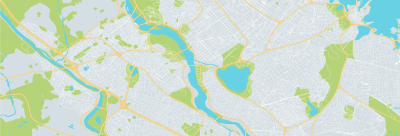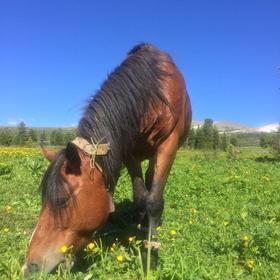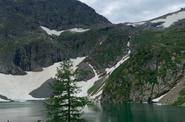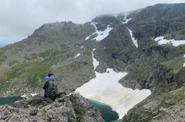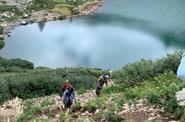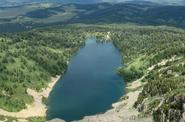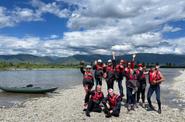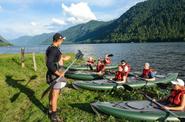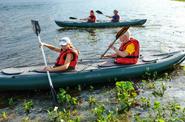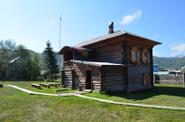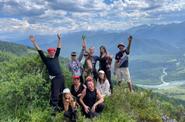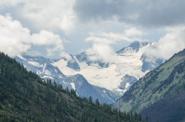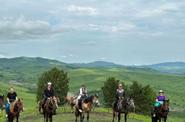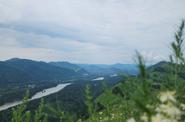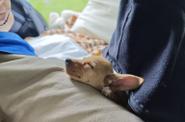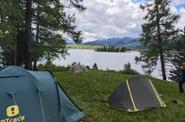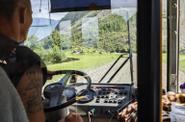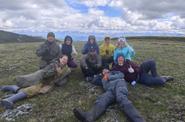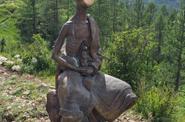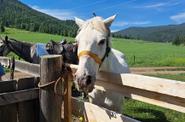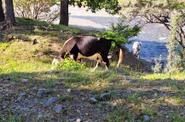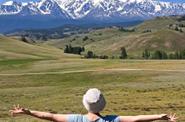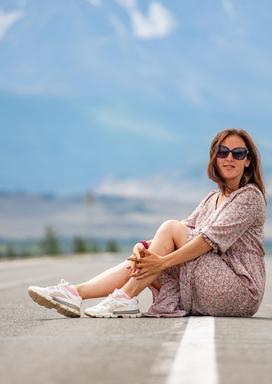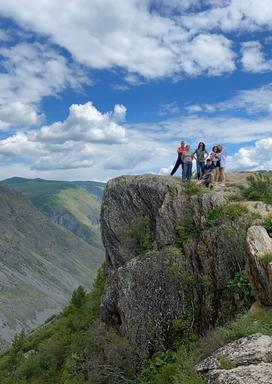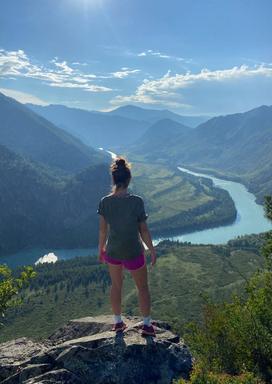1. A backpack, a suitcase or a large travel bag, that is, something in which it is convenient to carry things to the base (on any type of route, special means are given for transporting things (a drive bag, archimacs, or things go in what you brought them in).
2. A set of clothes and shoes for camping – trousers, shirt, shorts, T-shirt, light sneakers or sneakers or slates.
3. Warm clothes (woolen sweater or sweatshirt, a jacket made of sintepon, a warm hat, woolen socks (2 pairs).
4. Headdress - cap or bandana or panama hat.
5. Gloves (even simple cotton ones will do).
6. Socks - 2-3 pairs of cotton
7. Bathing suit.
8. Toilet and hygiene supplies. Including hygienic lipstick and sunscreen with a high protection factor.
9. A small flashlight (headlamp).
10. Individual medicines, the instructor takes the main first-aid kit with him, but if you have an individual intolerance to any standard drugs or need for specific or strictly prescription medicines, take your own.
11. Camera or video camera (optional) with hermetically sealed, charger and energy reserve (zap.batteries or energy storage devices)
12. Tourist seat (hob).
13. Personal tableware (plate, spoon, mug)
14. Comfortable clothes – sweatpants, a shirt or a T-shirt with long sleeves, replaceable T-shirts with short sleeves, clothing material preferably cotton. Things are preferably not new, so that it would not be a pity if they break.
15. Running shoes or trekking boots for radial exits. Avoid new, unworn shoes. If you choose trekking boots, keep in mind that not all of them can really be dried in field conditions, and when drying by the campfire they can deform and become practically unusable.
16. Towel (when placed in tents or cabins without amenities)
17. A splash-proof raincoat or suit that can withstand light rain.
FOR OVERNIGHT STAYS IN A TENT, thermal underwear is ideal, it will also help out if the weather turns bad.
Additional items for the WATER part of the combined tour:
1. Sneakers, running shoes (one size larger for hydro socks) or special alloy shoes
2. Thermal underwear or KHB T-shirt and shorts under a wetsuit.
Additionally, for the water part: The camera and movie camera must have special sealed boxes or sealed packaging.
The requirement for a set of personal items. Nothing superfluous or sharp (without appropriate packages, which can damage the hermetic packaging). For the convenience of packaging and additional splash protection, we recommend having plastic bags.
On the route, you will be given: A sleeping bag, a tent, a wetsuit, a splash-proof suit, hydro socks, a life jacket, a helmet. Special means are provided for the transportation of things (a dry run).
Additional items for the EQUESTRIAN part of the combined tour, if the duration of the equestrian part is more than 1 day.
1. Hiking shoes preferably boots, which can be leather, rubber, or birch, the main thing is that they do not get wet and cover the boot from rubbing against the stirrup strap (putlishche) or high boots (berets). But rubber boots are preferable, because they do not get wet from the outside, and if water gets inside, they are quite easy to dry by the fire, while they do not deform if you follow the small drying rules.
2. Comfortable clothing for horse crossings and radial pedestrian crossings –trousers made of dense soft fabric that do not restrict movement, without rough internal seams, made of light quick-drying material, preferably cotton. A shirt or a long sleeve T-shirt. A windbreaker made of thick material. A suit for hunters or fishermen, or something similar, is suitable, the main thing is that it is comfortable and does not rustle.
3. For the convenience of packaging, it is recommended to have small bags or garbage bags, and for additional splash protection of things and protection from dirt in archimacs, we recommend having dense plastic bags with a volume of 160-180 liters in the amount of 4 pieces.
4. A small water flask. You can use a plastic bottle with a capacity of 0.5 liters., but it is very desirable to have a flask that can be attached to a belt or fastened to a saddle with a carabiner, or otherwise secured.
On the equestrian route, UgCS (Combined Arms protective kit) are issued to protect against rain - a long rubber raincoat with a hood, a sleeping bag, a tent, and archimacs for transporting things.
If in doubt, ask us, we will always tell you the best option!


